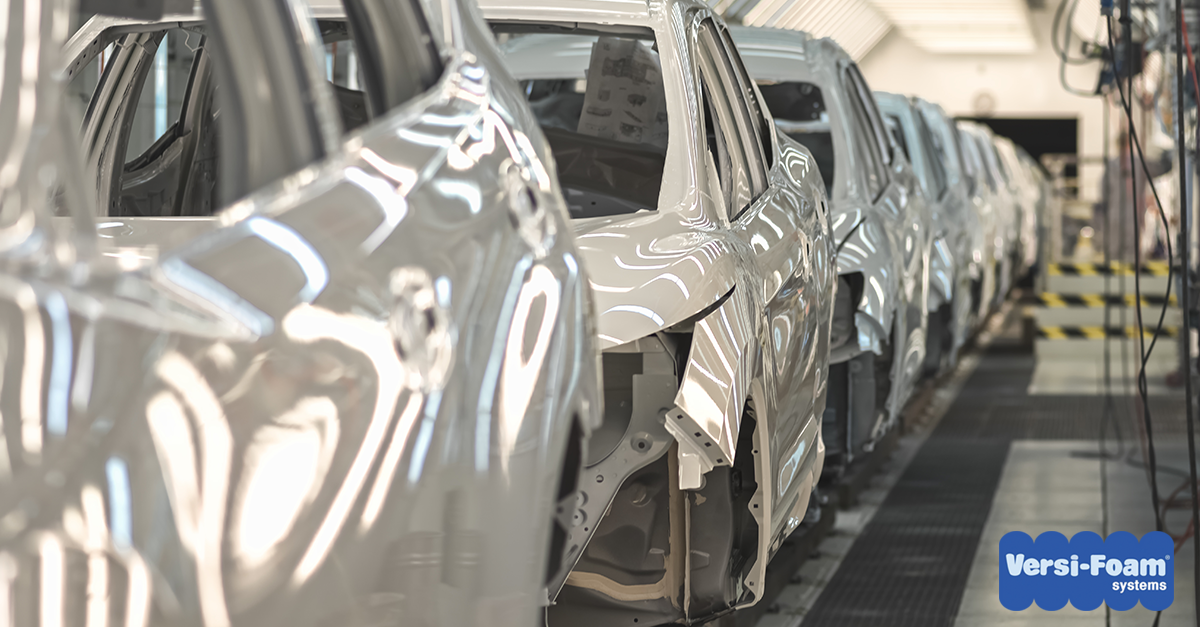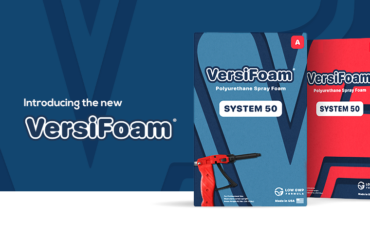A car without insulation is basically a small metal room on wheels. It’s better than a horse and buggy in terms of speed, but not much else. New cars coming off of the assembly line are usually well-insulated. But if you own a classic car, especially a sport utility vehicle, that car probably hasn’t been insulated to the standards of 2020.
For a while, the tranquility of silence was only available on more expensive cars. But automakers have been steadily working to bring the comfort of high-quality insulation to economy cars. “Honda’s engineers started by adapting the platform from the Ridgeline pickup, with its improved rear suspension design that mitigates sound and vibration at the source. They launched what Martin calls a “comprehensive sealing strategy,” deploying paint sealers, insulating spray foam, and tape that expands when heated, so it fills gaps between the welded bits.”
Spray foam insulation is one of the best ways to insulate the voids of your car, giving you a quieter, temperature-controlled, more comfortable ride. It flows and forms to the shape of the cavity and doesn’t have to be painstakingly cut to size and molded by hand to fit into crevices. Most cars need to be insulated in the following places to provide the maximum amount of comfort.
Wheel Wells. This is a good place to start with insulation because it’s where most of the noise from the road gets through, especially on cars with large performance tires.
Door Panels. Mysterious rattling noises will often come from the area between the door panels. Once you remove the interior panel and clean the inside of the cavity, the doors can be easily insulated with slow-rise spray foam.
Floor. A poorly insulated floor can allow noise from the exhaust pipe to make conversation difficult. Applying a sound dampening material to the floor of your car is one of the best ways to make your family road trips more conversational.
Ceiling. In lower priced cars, the insulation in the roof of the car may be less than optimal for a quiet cabin. An extra layer of insulation here will provide noticeable benefits.
Under The Hood. Even if you’re proud of your loud, powerful engine, your neighbors may not be. Insulation under the hood will give you a quieter ride inside and out.
Spray foam insulation is used by some of the world’s largest auto manufacturers. If your automobile needs an upgrade to its insulation, explore the benefits and ease of use of VersiFoam products.




